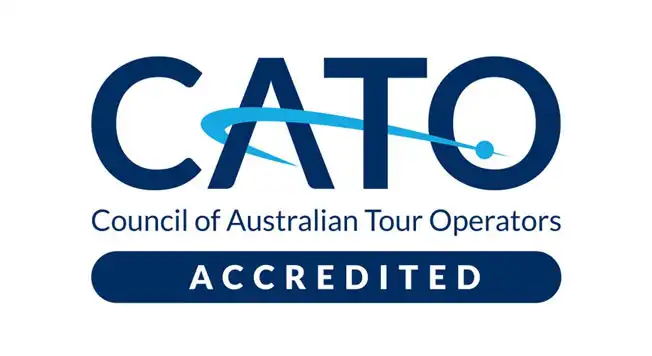


You probably know them by sight if not by name – the Mursi are one of the most fascinating tribes in Africa, widely recognised for the clay plates the women insert into their lower lips and sometimes their ear lobes. The tribe lives in the Omo Valley, one of the most isolated regions of southern Ethiopia near the border with South Sudan. According to the 2007 census, there are 7,500 Mursi who remain one of the last remaining tribes in Africa still to wear traditional dress, accessories and their renowned unique and elaborate headdresses.
Perhaps the custom of the lip plate was initially intended to discourage slavers from taking Mursi girls, but nowadays, it is a status symbol and a cultural tradition to mark rites of passage. A girl’s lower lip is cut by her mother or another woman of her settlement when she reaches the age of 15 or 16. The cut is held open by a wooden plug until the wound heals. It appears to be up to the individual girl to decide how far to stretch the lip by inserting progressively larger plugs over a period of several months. Some, but not all, girls persevere until their lips can take plates of 12 centimetres or more in diameter. The biggest disks are 15 cm wide and must be incredibly uncomfortable to wear. Indeed, they take them out to eat and work except when tourists arrive with money to pay for photos. The lower lip hangs down like a deflated inner tube with no disk in place. It’s incredibly disfiguring and ensures that Mursi women cannot move out of the tribal area. I photographed an attractive 14-year-old in a blue wrap, thinking sadly that she would degenerate into an object of curiosity as she grew older.
The Mursi men, on the other hand, resort to body paint to distinguish themselves from other tribes. There is no nudity taboo as they wear the briefest of hip wraps that casually expose everything at the slightest breeze. We stopped to film a group of boys who were dressed in nothing but white body paint. A popular and aggressive activity with men is the stick-fighting ceremony, the donga, which is a ritualised form of violence.
It’s a shame that tourism has made the lip plates a source of income for these people, and all on our Ethiopia trip felt uneasy that we were contributing to their fate.
Regardless of my mixed feelings about the Mursi people, I believe everyone who visits Ethiopia should include the Omo Valley on their itinerary.
Blue Dot Travel offers small group tours to Ethiopia, with a tour departing in January 2026; we also offer small group tours to Uganda, Algeria, Tunisia, Madagascar and West Africa. Click here for more details.
By Margaret Farrell – one of our Blue Dot Travel regulars



We specialise in small group tours to unique destinations around the globe. So if you’d like to go somewhere different, please contact us today.
You can find us at:
Suite 502, 107 Walker Street
North Sydney NSW 2060
Error: No feed found.
Please go to the Instagram Feed settings page to create a feed.
© 2025 Blue Dot Travel
Privacy | Responsible Travel | Complaints policy | Terms & Conditions